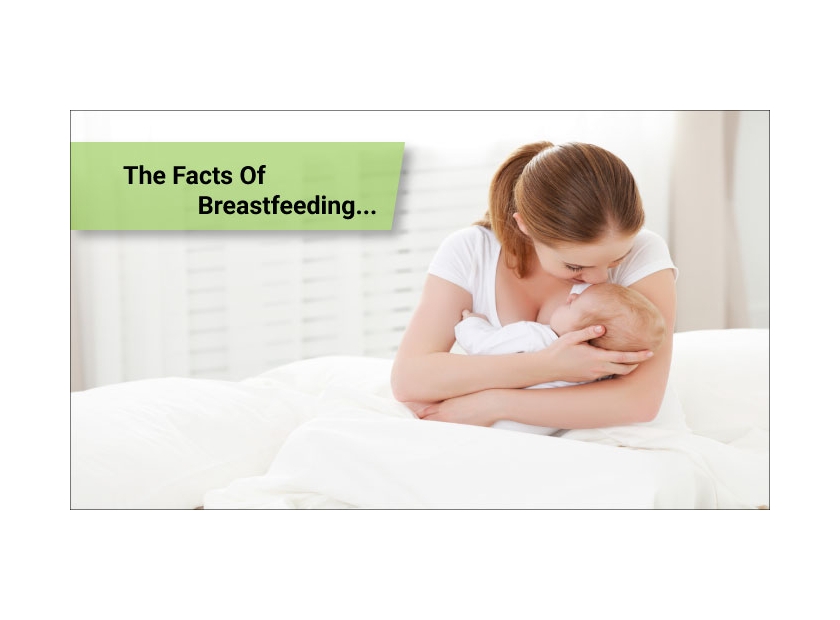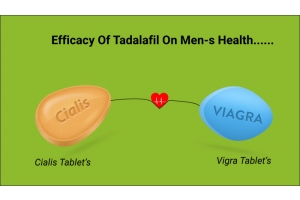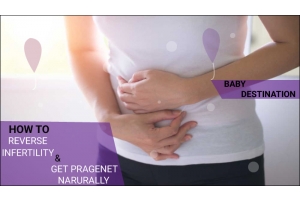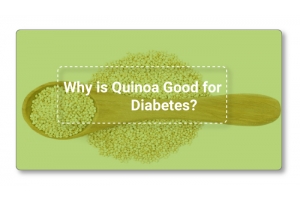The Facts Of Breastfeeding
The Facts Of Breastfeeding
In the hegemonized and politically updated society, we all have come across a question— whether a mother should breastfeed her baby in public?
While the liberal society stands by it, certain conservative groups stigmatize it by terming it an immoral act in public.
To beat the years of stigma, Manila organized mass breastfeeding sessions, and with its conclusion, a new chapter was added to the history of breastfeeding.
In the given piece, we are bringing some of the mind-tantalizing facts to your knowledge. Let’s see what they are:
Before the accouchement of synthetic powders and formula milk, milk nurse (woman employed to feed someone’s else's child) was a common employment position.
In the 20th century, Canadian and American societies initiated stigmatizing breastfeeding by labeling it uncultured.
The massive unemployment of 18th century compelled poor women for getting pregnant. Pregnancy qualified them for the wet nurse role.
After completing the months of breastfeeding, the breast sizes may differ from each other.
- Babies tend to form strong olfactory sense during fetal development. They have a likable inclination towards the mother’s breast milk, and they do this by smelling. [2]
- Six months of exclusive breastfeeding benefits both— the mother and her baby. While it prevents the baby from several allergic conditions and severe diseases like diabetes, Crohn's disease, it dampens down the menace of premenopausal breast cancer, postpartum hemorrhage, and ova cancer. [3]
- Science and few of the spiritual leaders strongly believe that it’s not necessary to consume milk after monthly sessions of breastfeeding (after the shedding of milk teeth) [4]
- WHO pushes mothers for exclusive breastfeeding up to 6 months, and external food during breastfeeding (weaning) up to 2 years, or more if necessary. [5]
- A mass education campaign has caught traction where mothers are encouraged to breastfeed during disasters. The campaign also debunks the myth that mothers with poor nutrition level or stressful environment can’t breastfeed. The campaign eyes to entice maximum mothers to participate in breastfeeding (and nursing) if necessary in the acute catastrophes. [6]
- Both the breasts produce milk but have different outputs. Certain studies suggest that the right breast has a higher output than the left breast. Therefore, women are advised to check on the uneven supply while feeding. [7]
- Establishing a right point of contact and connection between baby and mother’s nipple becomes imperative. Correct positioning leads to effective breastfeeding. Its importance is emphasized because it prevents early dangers like lack of nutrients to the baby, weight loss of the baby, and breast/nipple pain. [8]
- Women who elect not to breastfeed due to any of the reasons use cabergoline for inhibiting milk secretion. Pregnancy brings a lot of severe breast issues which include breast engorgement, pain in the breast, and flattening of the nipples. Cabergoline also nullifies the pain in the majority of the population and controls breast engorgement. [9]
Studying the breast milk is difficult. Over the exclusive period of feeding, the quality, color, and viscosity of the milk change considerably. Woman secrets goldish-yellowish color thick fluid during the first week of conceiving. It later turns into bluish-tone which by the end of the session converts into mature white milk. Interestingly, the color of the breast milk changes with what the mother consumes.
Breastfeeding and prolactin reduce the fertility in women. Cabergoline subdues the growth of prolactin and increases the sex drive and ovulation.
So, what’s your take on breastfeeding? Do you feel people who despise breastfeeding are blots on humanity? Let’s also know about your breastfeeding sessions, the complications, the highs and the lows, and the way you overpowered the stigma attached to it.








